
Advanced Remarketing: How to Build an Intent Map (And Get More Conversions)
Here on the WordStream Blog, we’ve devoted tens of thousands of words to remarketing.
We’ve touted best practices, #hacks, and cross-platform strategies, shared superlative creative, and made note of just about anything that relates to getting your ads in front of your most valuable prospects (again).
What we haven’t spent much time focusing on, however, is what to do when your beginner-level remarketing program stagnates.
I’m willing to bet a paycheck that you can make a few key changes and squeeze more out of your existing strategy, starting with kicking its degree of sophistication up a notch.
Sooooo…
That’s what I’m here to talk about.
Today, I’ll dive into how you can:
- Segment your audience based on inferred intent
- Prioritize your remarketing offers
- Align your offers and creative
First, though…
The Case for a More Complex Remarketing Program
It’s no secret that remarketing—whether via the Display network, RLSA, or some #programmatic network—is integral to sustained success in online advertising.
After all, it allows you to reach prospects already familiar with your brand, providing them ample opportunity to return to your site and complete some sacred, coveted [desired action].
This is important because people—particularly the ones at the top of your marketing funnel—probably aren’t going to convert on their first (or even second) trip to your site. Customer acquisition can be a high-touch affair, and a perpetual presence across different devices and the websites your prospects frequent makes that a damn sight easier (and cheaper).
In fact, WordStream’s Senior Data Scientist, Mark Irvine, has discovered that people are 2x more likely to convert after seeing your ad 6 times.
Now, obviously there needs to be some semblance of nuance to your strategy; berating strangers with the same played-out banner ad offering a demo or discount two dozen times in an afternoon isn’t going to buy you good will or convince them to buy your product.
Funnel-stage appropriate, targeted offers, however, just might.
Of course, making this a reality is impossible without implementing a strategy that goes beyond overly-simplistic “all site visitors” lists.
Granularity in search got you in the door, why oversimplify when the stakes are even higher?
Using Inferred Intent to Segment Your Remarketing Audiences
In search, query data—what someone types or speaks into Google—is the intent signal. Based on the language used, you can reasonably infer where an individual should fall in your funnel. This allows you to tailor your ad copy, landing pages, and offers to this ascribed intent.
Remarketing—outside of RLSA, of course—works a little differently. Here, there are no nuggets of gold, no phrases straight from the horse’s mouth signaling exactly where a prospective customer is in proximity to making a purchase.
Instead, behavior is the crux of a sound remarketing strategy.
The pages a prospect visits are, in many cases, indicators of where they fall in your sales funnel; you might not have “buy men’s nike air force 1 size 12.5 right now” to go off like you did on search, but that doesn’t exactly mean you’re fumbling in the dark.
Let’s say Visitor A comes to WordStream.com, reads nine wonderfully informative blog posts in a single sitting, then rolls out to order lunch or bang out some work or whatever it is they do. Three WeWork cube thingies down, Visitor B heads to the product page for WordStream Advisor, lingers for eight minutes (really letting it all soak in), checks out the pricing page, then makes a beeline for the bar cart (fancy!) to fix a stiff drink.
Who’s more valuable today?
Visitor A might be a seasoned PPC professional(!!), bootstrapping do-it-yourself business owner(!!!), or a curious tween (eh), but Visitor B spent time on more valuable pages. Serving our old pal A an ad for a product demo or free trial would be mighty presumptuous (a whitepaper on the other hand…)
But for Visitor B, it’s a great fit!
Their on-site behavior allows us to infer that they’re a high-intent site visitor, something we’d never have known if we’d leaned on a strategy build atop nothing more than “all site visitors,” “last 30 days,” and their unspecific ilk.
Of course, you need to actual build these more targeted audiences before you can target them.
Turning Inferred Intent into a Remarketing Strategy
Let’s not put the cart before the horse here; to get the ball rolling, you’re going to need to ensure that the requisite tracking code lives on every single page of your website (and that you’re informing European site visitors of its existence, what with the GDPR and all).
There are a boatload of ways to skin this cat—if you’ve got the wherewithal, use Google Tag Manager—but today we’re going to pretend you’re copying and pasting your site’s Global Site Tag (gtag.js) into the beginning of the <head> section of each page on your website.
Once that’s done, head over to Admin > Audience Definitions > Audiences. If this is your first rodeo, click “import from gallery”…
And choose [Engagement Pack] Core Remarketing Lists, which provides you with pre-built remarketing audiences based on the recency, frequency, duration, and page depth of sessions in aggregate. This is the most kick-ass starter kit money doesn’t have to buy.
If you’ve already done this, hit “+New Audience.”
In the Audience Builder interface, choose “Conditions” and enter the appropriate URL string for which you’d like to build more granular audiences. Note that if you’d like to add a time-based parameter to your audience, you can do that here as well (where it says “Page” in the screenshot above, simply switch it over to “Time on Page”).
Once you’ve built audiences for your most valuable pages, ensure you’ve connected your GA and AdWords accounts, and allow your list to grow; you’ll need at least 100 active members in the last 30 days for it to be eligible for use on the Display Network, and 1,000 for use in RLSA.
Mapping your remarketing audiences based on intent
(also known as “janky-yet-effective tool time!” Pardon my lack of aesthetic brilliance)
You’ve got your granular audiences: now it’s time to determine how they relate to one another and, more importantly, what kind of value they represent to your business.
First, make a list of your remarketing audiences. For this exercise, let’s say we’re working with the following 10 audiences:
- All Visitors (30 Days)
- All Visitors (3 Days)
- Home Page Visitors
- Viewed Multiple Blog Posts
- Webinar Registration
- Content Download
- Used Free Tool A
- Pricing Page Visitors
- Free Trial
- Demo Completed (No Purchase)
Now, take your list of remarketing audiences and arrange them based on their anticipated business value from lowest to highest.
I’m a freak, so I draw stuff like this on whiteboards and use sticky notes; that just doesn’t translate to a blog post particularly well, so I made a neat tool for visualizing intent. Your finished product should look something like this:
This will allow you to group your audiences based on the spectrum at the bottom of the map, which indicates proximity to purchase. It breaks out something like this:
- Pre-research (low intent, just browsing): All Visitors (30 Days), All Visitors (3 Days), Home Page Visitors
- Research (so-so intent, informational): Viewed Multiple Blog Posts, Webinar Registration, Content Download, Used Free Tool
- Recommendation (high intent, transactional): Pricing Page Visitors, Free Trial, Demo Completed (No Purchase)
From a budgeting perspective, you’re going to want to push more chips to the right; this doesn’t mean your lower-intent audiences don’t matter, just that they’re further away from converting. Ensure that, when live, you exclude high value audiences from low value audiences and vice-versa. This will allow you to serve hyper-relevant offers to your prospects and avoid the fatigue that may accompany seeing your creative 6+ times.
Tailoring Creative throughout the Customer Journey
See that last section on the Intent Map?
That’s where we match creative concepts and, more importantly, offers, to remarketing audiences.
In an ideal world, you’ve got a fleet of plebs ready and willing to create custom everything for each individual audience; in the real world, that’d cost too much damn money so, instead, we’re going to silo remarketing audiences into the three buckets outlined above.
What might that look like in action?
Great question.
Let’s look at how creative concepts (and offers) might differ from the pre-research to research to recommendation phase using athleticwear brand New Balance as an example (big eCommerce usually knows what’s good in terms of remarketing segmentation).
***
So, I’m doin’ my thing, reading about the Celtics-Cavs series, when I see some #sponsoredcontent detailing the merits of New Balance’s fine wears. I click a link to the website, observe some super baller action shots on the home page, then pop back over to the prosaic stylings of Brian Windhorst.
SUDDENLY, I see a banner ad!
Ohhhhhh, such heritage! What quality!
Obviously it must be clicked.
I spend a bit more time on the site, checking out some sneakers, before duty calls and I must return to the world of blog-writing.
The next day, I’m scrolling through random sites when what do I spy? A New Balance ad.
This time, instead of promoting the brand’s deep-rooted history and the authority of its website, I’m presented with a carousel of sneakers and a few too many prompts to “shop now.” I click one. Death by a thousand cuts.
Within moments I discover a neat pair of kicks. They’ve got them in my size.
I add them to my cart.
I begin punching in my credit card information.
The number.
That funny little security thingy on the back.
The date of expira…
The dang thing’s expired! Thwarted again!
Later that evening as I sit on the couch crushing the most recent episode of Showtime’s hit series Billions, I see an email (Gmail ads ftw!) from New Balance hit my inbox.
I open it and, what do I find? The shoes I left sitting in my shopping cart.
As you can see, New Balance effectively segmented their remarketing audiences to promote different offers to me based on the pages I visited and actions I took, which indicated my rapidly improving proximity to making a purchase.
A More Advanced Approach
Whether you’re a SaaS company looking to fill your funnel and push leads from “hi, how are ya?!” to trial and, eventually, purchase, or an ecommerce shop looking to move units, this strategy—segmenting remarketing audiences based on value and aligning creative and offers accordingly—will significantly improve the effectiveness and ROI of your remarketing program.
What do you think? What are you waiting for?
And, finally, the burning question: Did I buy them?



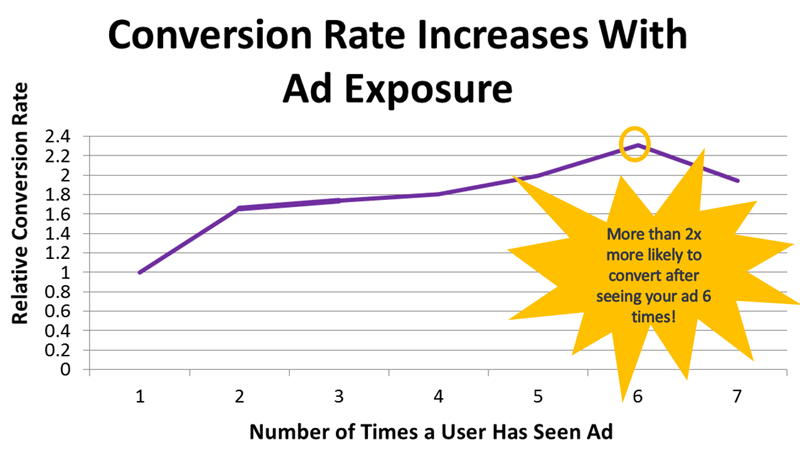
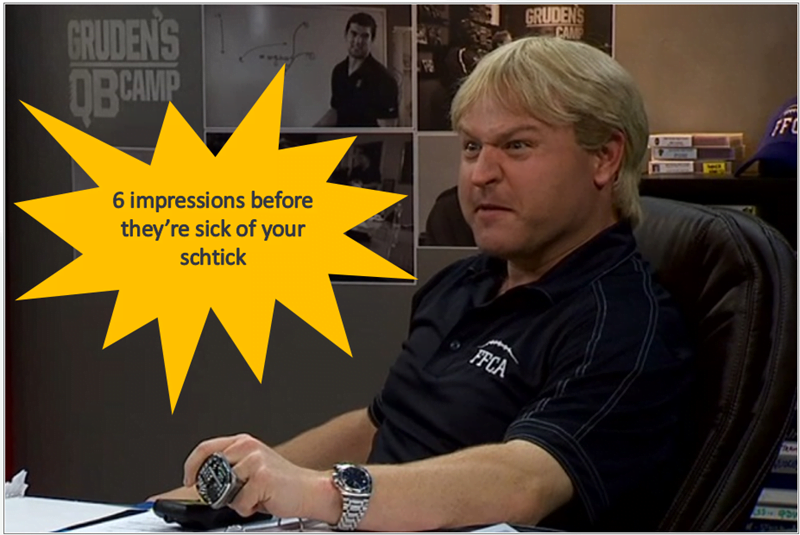
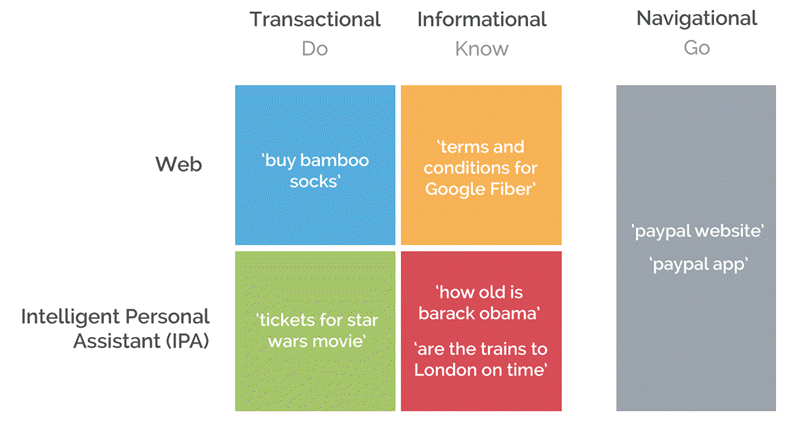
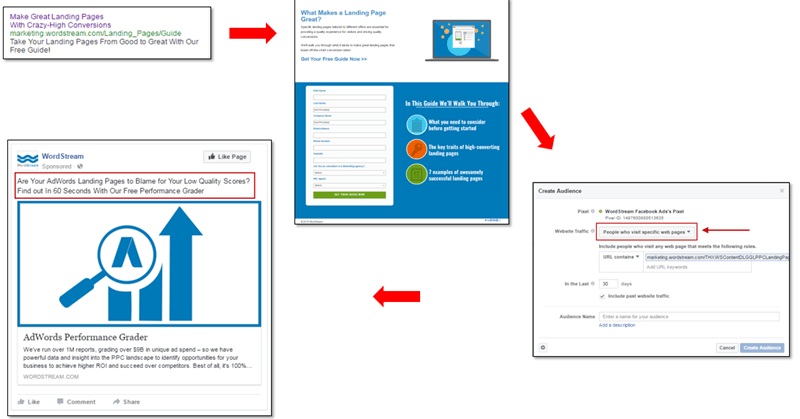
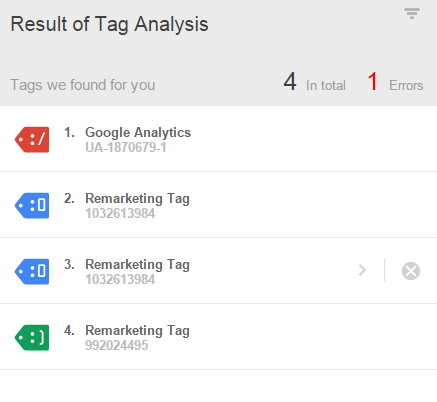


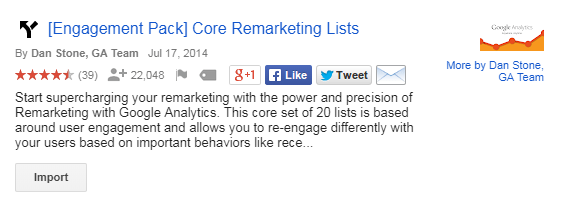
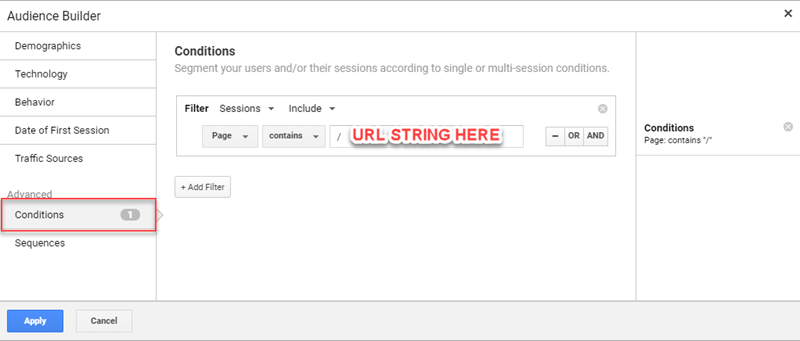
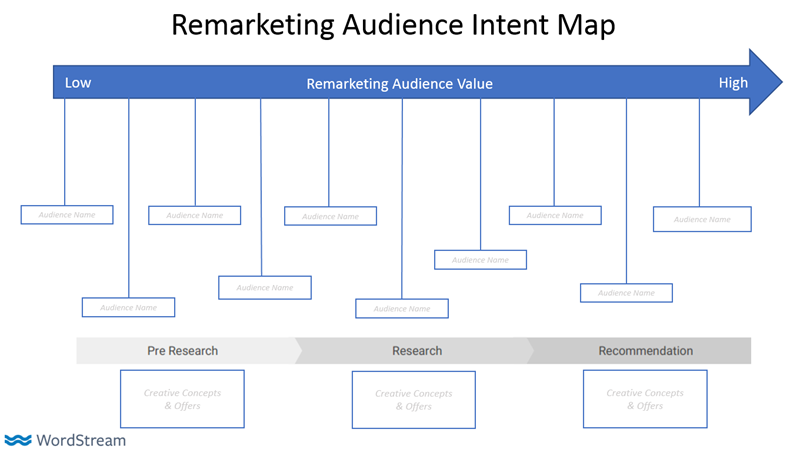
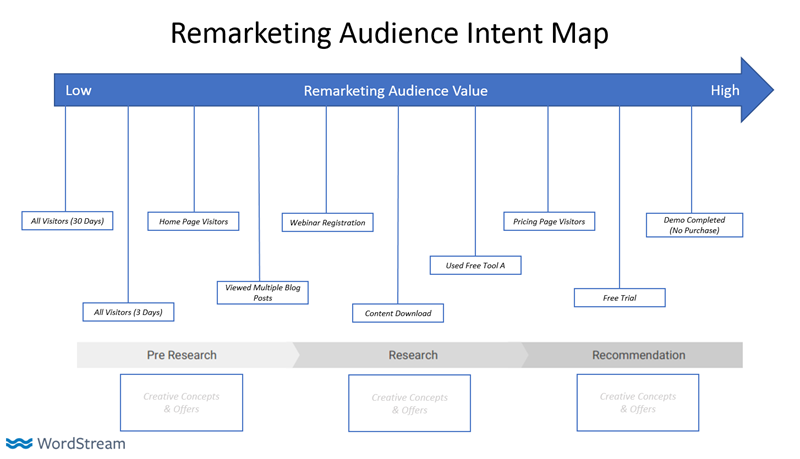


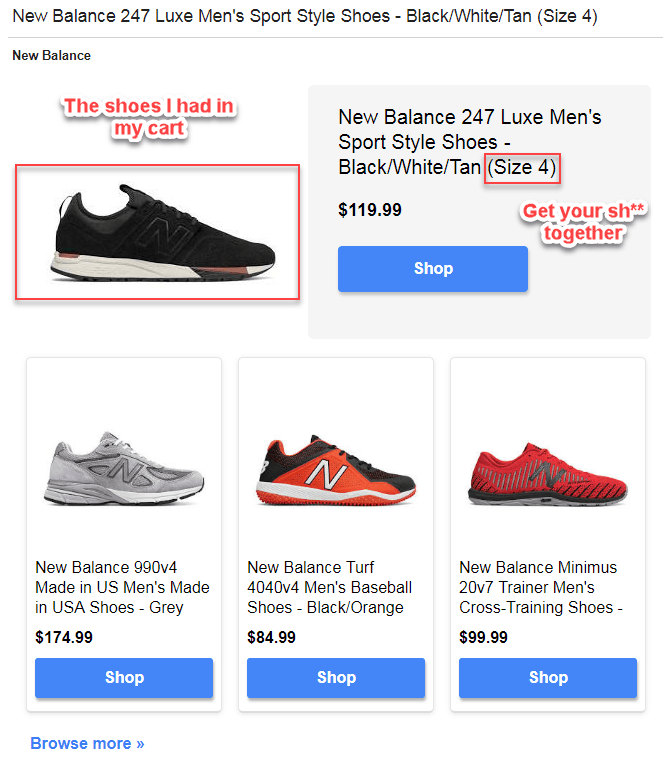






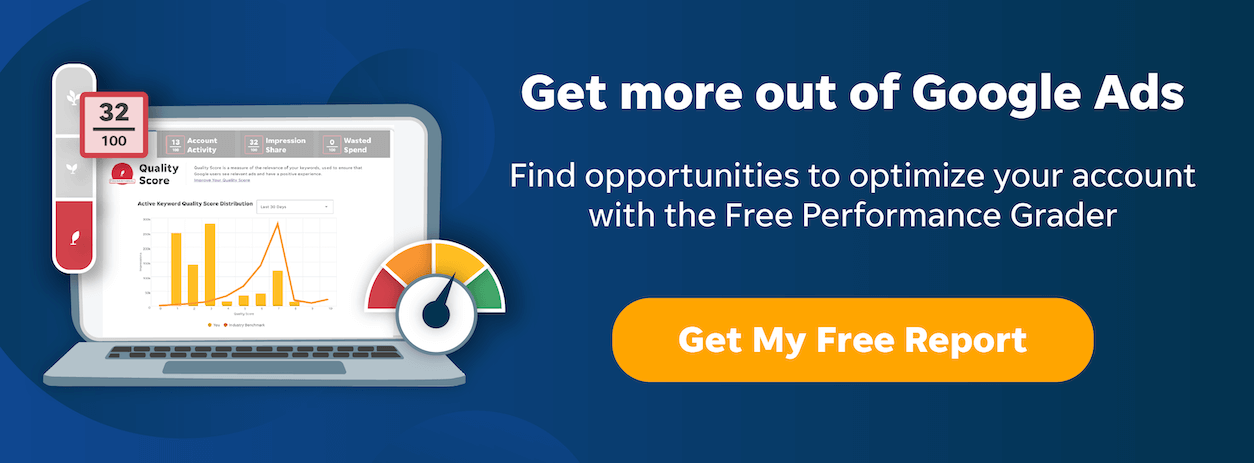
Comments
Please read our Comment Policy before commenting.